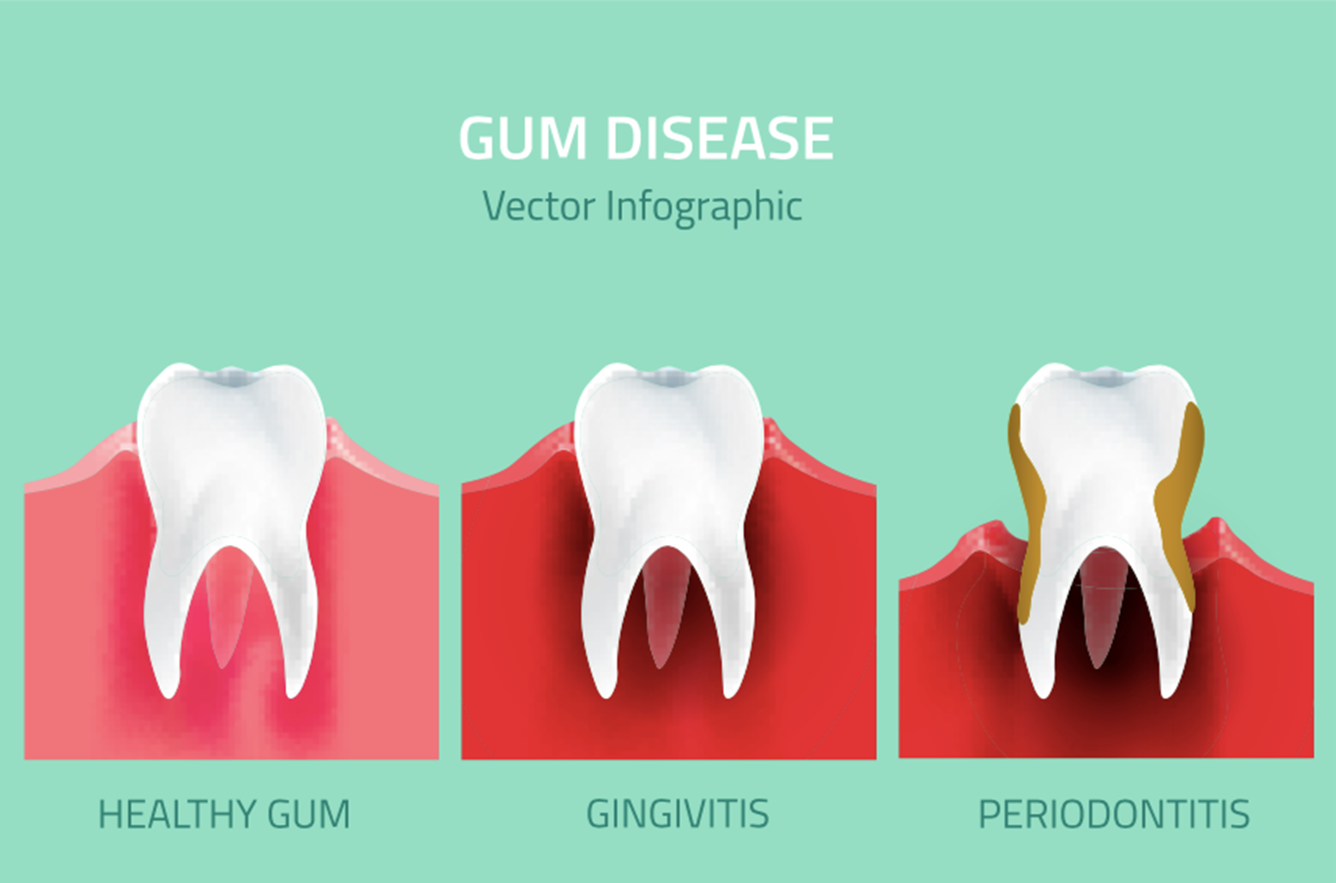A nurse is caring for a client who is to receive a unit of packed RBCs. The nurse should prime the blood administration tubing using which of the following IV solutions?
Dextrose 5% in 0.45% sodium chloride
0.9% sodium chloride
Lactated Ringer's solution
Dextrose 5% in water
The Correct Answer is B
Choice A reason: This is incorrect because dextrose 5% in 0.45% sodium chloride is a hypotonic solution that can cause hemolysis of the RBCs. It can also cause fluid shifts from the intravascular to the intracellular space, leading to edema and hypotension.
Choice B reason: This is correct because 0.9% sodium chloride is a isotonic solution that is compatible with blood products. It does not cause hemolysis or fluid shifts and maintains the osmotic pressure of the blood.
Choice C reason: This is incorrect because lactated Ringer's solution is a isotonic solution that contains electrolytes, such as potassium, calcium, and lactate, that can interfere with the blood products. It can also cause metabolic alkalosis due to the conversion of lactate to bicarbonate.
Choice D reason: This is incorrect because dextrose 5% in water is a hypotonic solution that can cause hemolysis of the RBCs. It can also cause fluid shifts from the intravascular to the intracellular space, leading to edema and hypotension.
Nursing Test Bank
Naxlex Comprehensive Predictor Exams
Related Questions
Correct Answer is C
Explanation
Choice A reason: "I'll be sure to eat more foods with vitamin K." is not the correct statement. Vitamin K is a nutrient that helps the blood to clot. Warfarin is an anticoagulant that inhibits the action of vitamin K and prevents the formation of blood clots. Eating more foods with vitamin K can counteract the effect of warfarin and increase the risk of thrombosis. The client should maintain a consistent intake of vitamin K and avoid sudden changes in their diet.
Choice B reason: "I'll take aspirin for my headaches." is not the correct statement. Aspirin is a nonsteroidal anti-inflammatory drug (NSAID) that inhibits platelet aggregation and prolongs bleeding time. Taking aspirin with warfarin can increase the risk of bleeding and bruising. The client should avoid taking any NSAIDs without consulting their provider. The client should use acetaminophen or other non-NSAID pain relievers for their headaches.
Choice C reason: "I'll use my electric razor for shaving." is the correct statement. Using an electric razor for shaving can reduce the risk of cuts and bleeding. The client should avoid using sharp objects or instruments that can cause injury or trauma. The client should also use a soft toothbrush and floss gently to prevent bleeding gums.
Choice D reason: "It's okay to have a couple of glasses of wine with dinner each evening." is not the correct statement. Alcohol can interact with warfarin and affect its metabolism and effectiveness. Drinking alcohol with warfarin can either increase or decrease the blood levels of warfarin and alter the international normalized ratio (INR), which is a measure of the blood's clotting ability. The client should limit their alcohol intake and monitor their INR regularly.
Correct Answer is A
Explanation
Choice A reason: Bleeding gums is a possible adverse effect of taking gingko biloba, as it may increase the risk of bleeding by inhibiting platelet aggregation and interfering with clotting factors. Gingko biloba may also interact with other medications that affect bleeding, such as anticoagulants, antiplatelets, or NSAIDs. The nurse should advise the client to monitor for signs of bleeding, such as bruising, nosebleeds, or hematuria, and report them to the provider.

Choice B reason: Decreased alertness is not a likely adverse effect of taking gingko biloba, as it may have the opposite effect of enhancing cognitive function and memory. Gingko biloba may improve blood flow to the brain and protect against oxidative stress and neuronal damage. The nurse should inform the client that gingko biloba may take several weeks to show its benefits and that the evidence for its effectiveness is inconclusive.
Choice C reason: Breast enlargement is not a known adverse effect of taking gingko biloba, as it does not affect the hormonal levels or the breast tissue. Gingko biloba may have some estrogenic activity, but it is not significant enough to cause gynecomastia or breast tenderness. The nurse should assess the client for other possible causes of breast enlargement, such as medications, liver disease, or tumors.
Choice D reason: Bad breath is not a common adverse effect of taking gingko biloba, as it does not affect the oral hygiene or the digestive system. Gingko biloba may have a mild odor, but it is not unpleasant or persistent. The nurse should advise the client to maintain good oral care and to check for other possible causes of bad breath, such as infections, dental problems, or dietary factors.
Whether you are a student looking to ace your exams or a practicing nurse seeking to enhance your expertise , our nursing education contents will empower you with the confidence and competence to make a difference in the lives of patients and become a respected leader in the healthcare field.
Visit Naxlex, invest in your future and unlock endless possibilities with our unparalleled nursing education contents today
Report Wrong Answer on the Current Question
Do you disagree with the answer? If yes, what is your expected answer? Explain.
Kindly be descriptive with the issue you are facing.
